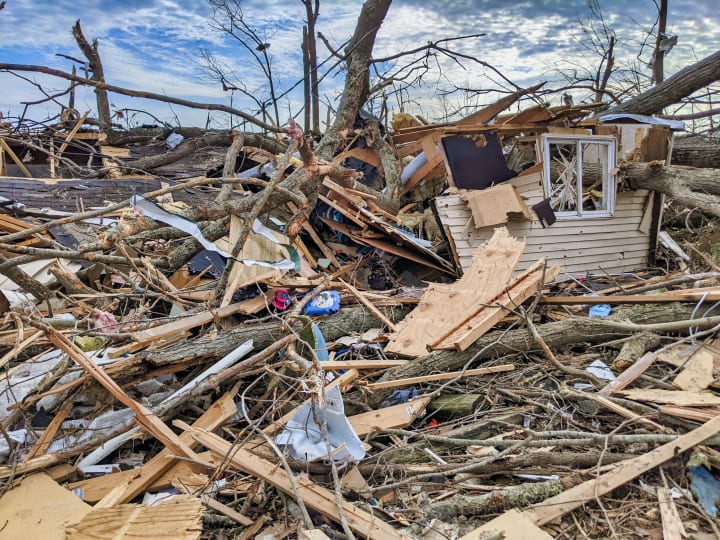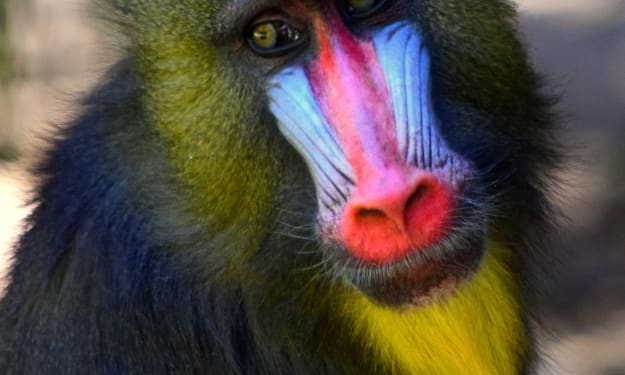
Tornadoes, awe-inspiring and terrifying natural phenomena, have captured the imagination of humanity for centuries. These violent swirling vortices of air can cause massive destruction and loss of life, leaving behind a trail of devastation in their wake. In this article, we will delve into the science behind tornadoes, their formation, characteristics, and the incredible impact they can have on communities.
Understanding Tornadoes
Tornadoes are a type of severe weather phenomenon classified under the broader category of thunderstorms. They are characterized by their distinctive funnel shape, which extends from a rotating thundercloud down to the ground. These violent storms are capable of reaching wind speeds of up to 300 miles per hour (482 kilometers per hour) and can span several miles in diameter. Though they are relatively small in size compared to other storms like hurricanes, their intensity makes them a significant force of destruction.
Tornadoes typically form under specific atmospheric conditions, where warm, moist air from the Gulf of Mexico collides with cool, dry air from Canada. This clash of air masses creates instability in the atmosphere, setting the stage for thunderstorms to develop. When wind patterns in the atmosphere create horizontal spinning, called wind shear, rising updrafts within the thunderstorm can tilt this rotating air vertically, creating a rotating column of air—the birth of a tornado.
The Enhanced Fujita Scale
To quantify the strength of tornadoes and assess the level of destruction they cause, meteorologists use the Enhanced Fujita Scale (EF-Scale). This scale ranges from EF0 to EF5, with EF0 being the weakest and EF5 being the most severe. The scale takes into account the estimated wind speeds and the damage caused to various structures, vegetation, and other objects in the tornado's path.

The immense power of tornadoes has the potential to cause catastrophic damage to everything in their path. Entire communities can be reduced to rubble within minutes. Residential areas, commercial buildings, and infrastructure like power lines and roads can be severely affected or completely destroyed. Trees are uprooted, vehicles are tossed like toys, and debris is scattered over vast distances.
Apart from physical destruction, tornadoes can have a profound psychological impact on survivors. The fear and trauma experienced during the event, coupled with the loss of homes and loved ones, can leave lasting emotional scars on individuals and communities. In the aftermath, rebuilding lives and infrastructure becomes a daunting task that requires extensive resources and support.
Living in areas prone to tornadoes requires vigilance and preparedness. Local authorities, meteorological agencies, and the media play a crucial role in issuing timely warnings to residents in affected regions. When a tornado watch is in effect, it means that conditions are favorable for tornado formation. A tornado warning, on the other hand, indicates that a tornado has been spotted or detected by radar, and immediate action should be taken.
To stay safe during a tornado, it is essential to seek shelter immediately in a sturdy, windowless interior room on the lowest level of a building. Basements, storm shelters, and safe rooms are the best options for protection. Mobile homes offer little protection against tornadoes, so residents should evacuate to a designated shelter during severe weather events.
Tornadoes are one of nature's most destructive forces, capable of unleashing unimaginable power and devastation on communities. Understanding their formation, characteristics, and potential impact is crucial for preparedness and safety. Through advanced meteorological technology and improved warning systems, we can strive to mitigate the destructive effects of tornadoes and protect those living in vulnerable regions. However, it is essential to remember that in the face of nature's fury, respecting and adapting to its power is a responsibility we all share.
About the Creator
World Writer
My life journey as a nature writer embodies a deep-seated connection with the natural world and an unwavering commitment to preserving its wonders.






Comments
There are no comments for this story
Be the first to respond and start the conversation.